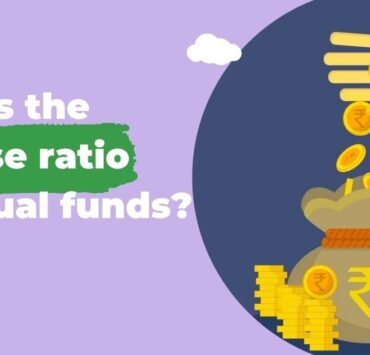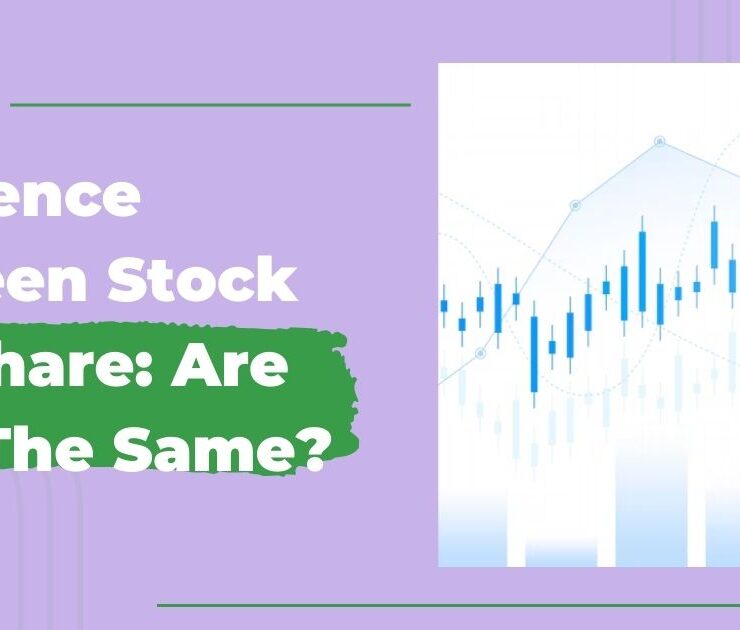What is Stock Split in the Stock Market?

Have you ever heard of stock splits and wanted to know more about them? You need not worry; we have you covered! Businesses take this action to draw in more investors and boost trade volume. Stock splits do have certain advantages, like accessibility, but they also have disadvantages, like costs and the ability to draw in the wrong kind of investors.
Stock splits are an essential concept for any investor to grasp, so let’s look at and interpret this important subject together!
What Is a Stock Split?
A stock split happens when a business issues more shares, decreasing the price of each share so that investors can purchase more of them. The total value remains unchanged even with the rise in shares.
Businesses take these actions to increase trade and draw in new investors. It does not alter the company’s overall value, but it does facilitate the purchase of shares. It’s critical for investors to comprehend stock splits in order to trade the market wisely.
How Does a Stock Split Work?
An investor receives more shares following a stock split for each share they had previous to the split. This implies that if you were a shareholder in a corporation before a split, you would end up with additional shares following the split.
Typically, split ratios are 2-for-1 or 3-for-1, meaning that following the split, owners will receive two or three shares for each share they own, accordingly. By creating this division, businesses can enhance the accessibility of their shares to a wider group of investors, resulting in a rise in market participation.
Reasons for Stock Splits:
Companies initiate stock splits for various reasons, each driven by strategic considerations.
- One primary motive is to lower the nominal price of shares, making them more affordable for retail investors.
- By reducing the share price, companies hope to attract a larger pool of investors, thereby increasing trading activity and liquidity.
- Additionally, stock splits serve as a signaling mechanism, reflecting management’s confidence in the company’s future growth prospects.
- When a company announces a stock split, it often conveys optimism about its financial health and potential for sustained expansion.
- This positive sentiment can bolster investor confidence and drive up demand for the company’s shares.
Impact of Stock Splits:
The impact of stock splits extends beyond mere numerical adjustments. They influence investor perceptions, trading dynamics, and even the company’s market capitalization.
For investors, stock splits may seem like a windfall, as they receive additional shares without any tangible investment. However, the value of their holdings remains unchanged, as the reduction in share price is offset by the increase in the number of shares. Nonetheless, the perceived affordability of shares may attract more buyers, leading to a temporary surge in demand and upward pressure on the stock price.
From the company’s perspective, stock splits offer a way to enhance marketability and broaden its shareholder base. By making shares more accessible, companies can foster greater participation in shareholder meetings, potentially improving corporate governance and investor engagement.
Examples of Stock Splits:
Numerous companies across various industries have implemented stock splits to achieve different objectives. For instance, companies like Bharat Bijlee, and Cupid have undergone multiple stock splits over the years to maintain reasonable share prices and accommodate retail investors’ interests. These splits have enabled these companies to maintain robust trading volumes and sustain investor enthusiasm.
The Upside of Stock Splits:
– Opening Doors to More Investors: Stock splits make shares more affordable, inviting more investors to join in. Like welcoming guests to a party, the more, the merrier!
– Increased Demand and Stock Price: More affordable shares can drive up demand, potentially boosting the stock price. It’s like adding more excitement to the party!
– Positive Signal of Company Confidence: Stock splits can signal that a company is thriving and confident in its future growth, which can attract investor interest.
The Downside of Stock Splits:
– Costly Execution: Implementing a stock split can be expensive for companies, akin to hosting a big party that requires significant funds.
– Temporary Excitement: While stock splits may attract new investors initially, the excitement can fade over time, leading to less sustained interest.
– Attracting Short-Term Investors: Some argue that stock splits may draw the attention of investors more interested in quick gains than long-term growth, potentially impacting the company’s stability.
Conclusion:
Stock splits represent a fascinating aspect of the stock market landscape, reflecting the interplay between corporate strategy, investor sentiment, and market dynamics. While they may seem straightforward on the surface, their implications run deep, shaping the behaviour of market participants and influencing stock performance. By understanding the mechanics and motivations behind stock splits, investors can navigate the market with greater insight and confidence, seizing opportunities as they arise.








